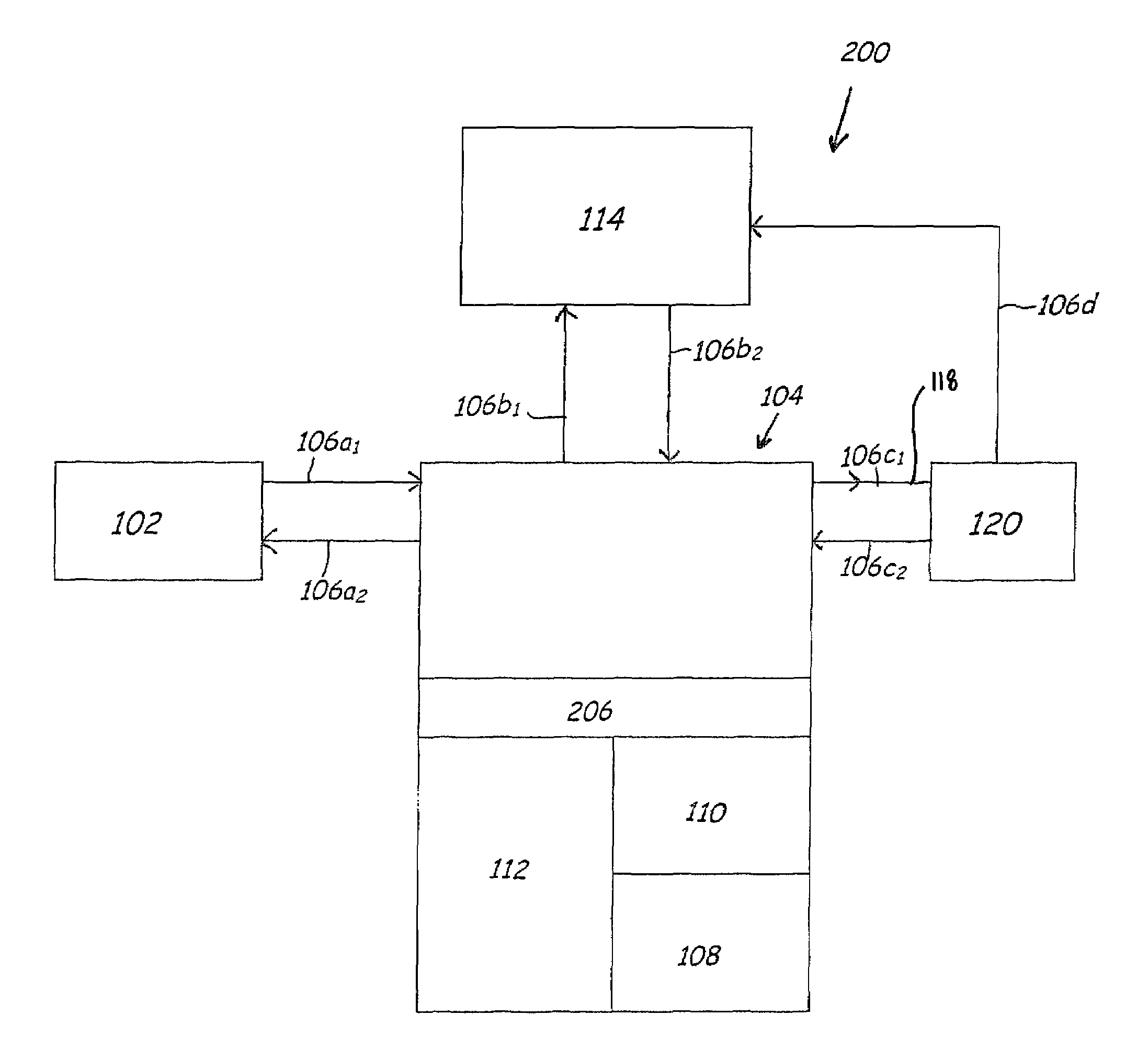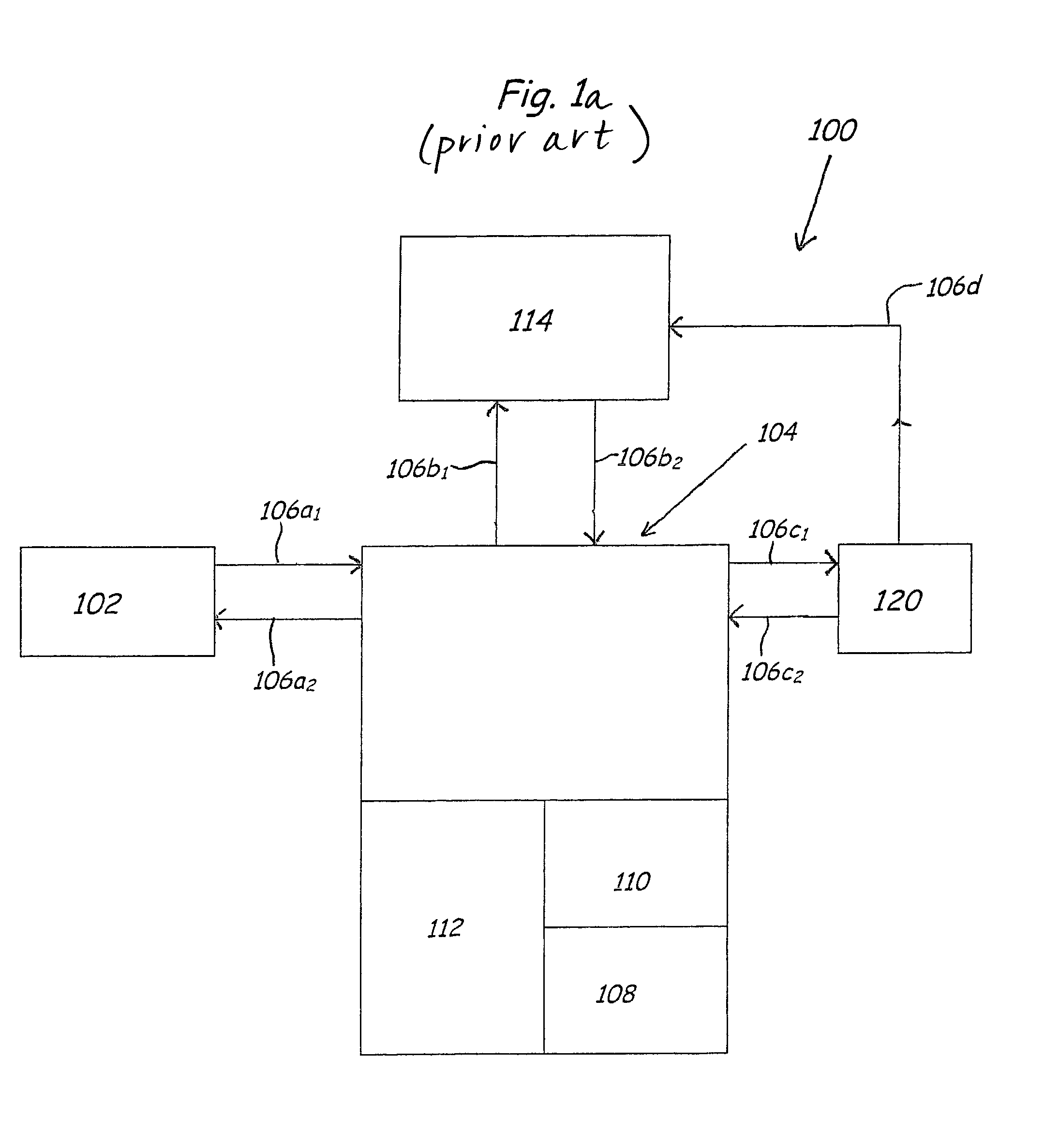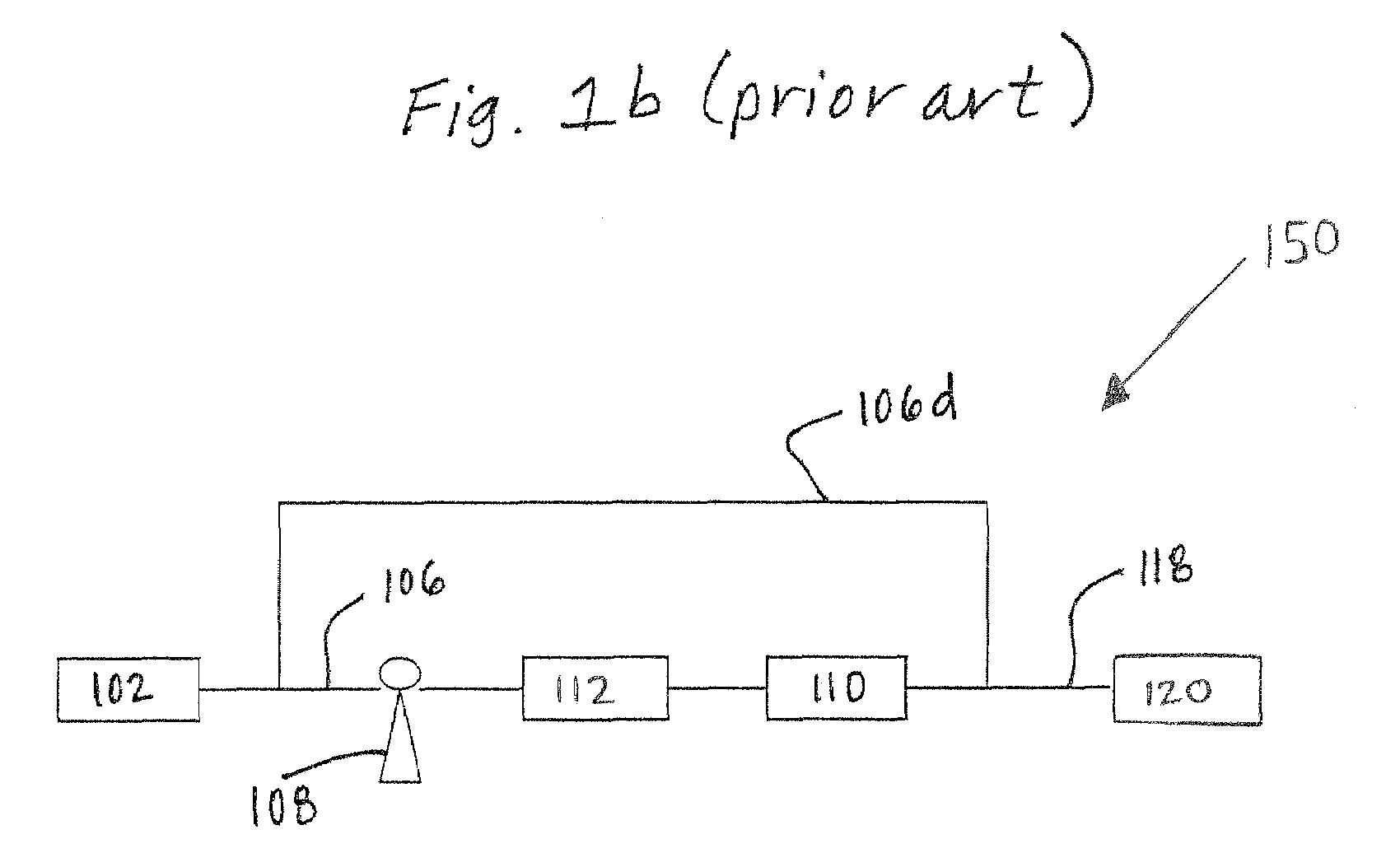Purification of organic solvent fluids
a technology of organic solvents and fluids, applied in biological water/sewage treatment, multi-stage water/sewage treatment, separation processes, etc., can solve the problems of circuit failure, negative impact on circuit performance, negative impact on voltage stability and drift of semiconductor devices
- Summary
- Abstract
- Description
- Claims
- Application Information
AI Technical Summary
Benefits of technology
Problems solved by technology
Method used
Image
Examples
example 1
Purification of Ethyl Lactate
[0058]The procedure outlined in Example 1 was used to purify a sample of ethyl lactate using a 40:60 mixture of Sybron A-641 and CFP-110 resins, respectively. The ethyl lactate sample was passed through the ion-exchange media four times before the purity of the sample was analyzed. A comparison of the level of metallic contamination of the raw sample and the purified sample is provided in Table I.
[0059]
TABLE IA Comparison of the Concentration of Metal Contaminantsin a Raw vs. a Purified Sample of Ethyl LactateDetectionRaw SamplePurified SampleLimitsConcentrationConcentrationMetal Contaminants(ppb)(ppb)(ppb)Aluminum0.050.063Antimony0.05Arsenic0.10Barium0.01Beryllium0.05Bismuth0.05Boron0.106.54.4Cadmium0.01Calcium*0.100.200.85Chromium0.050.12Cobalt0.01Copper0.050.0660.38Gallium0.010.0110.012Germanium0.05Gold0.10Iron*0.10150.20Lead0.05Lithium0.05Magnesium0.05Manganese0.05Molybdenum0.05Nickel0.050.098Niobium0.05Potassium*0.10132.5Silver0.05Strontium0.01Tanta...
example ii
Purification of Acetonitrile
[0061]The above-described procedure was used to purify a sample of acetonitrile using a 8:5 mixture of Sybron A-641 and CFP-110 resins respectively. The acetonitrile sample was passed through the ion-exchange media six times before the purity of the sample was analyzed. A comparison of the level of metallic contamination of the raw sample and the purified sample is provided in Table II.
[0062]
TABLE IIAn Analysis of the Concentration of Metallic Contaminantsin a Purified Sample of AcetonitrileDetectionConcentrationConcentration ofLimitsof Raw SamplePurified Sample(ppb)(ppb)(ppb)Aluminum0.05Antimony0.05Arsenic0.10Barium0.01Beryllium0.05Bismuth0.05Boron0.100.410.61Cadmium0.01Calcium*0.10Chromium0.05Cobalt0.01Copper0.05Gallium0.01Germanium0.05Gold0.10Iron*0.10Lead0.05Lithium0.05Magnesium0.05Manganese0.05Molybdenum0.05Nickel0.05Niobium0.05Potassium*0.10Silver0.05Sodium0.105.6Strontium0.01Tantalum0.05Thallium0.01Tin0.05Titanium0.050.29Vanadium0.05Zinc0.050.078Zi...
example iii
Purification of Ethylene Glycol
[0064]The above-described procedure was used to purify a sample of ethylene glycol using a 4:3 mixture of Sybron A-641 and CFP-110 resins. The ethylene glycol sample was passed through the ion-exchange media once before the purity of the sample was analyzed. A comparison of the level of metallic contamination of the raw sample and the purified sample is provided in Table III.
[0065]
TABLE IIIAn Analysis of the Concentration of Metallic Contaminantsin a Purified Sample of Ethylene GlycolDetectionConcentrationConcentration ofLimitsof Raw SamplePurified Sample(ppb)(ppb)(ppb)Aluminum0.052.90.79Antimony0.050.090Arsenic0.100.028Barium0.012.3Beryllium0.05Bismuth0.05Boron0.100.740.52Cadmium0.010.230.016Calcium*0.101300.60Chromium0.050.69Cobalt0.010.053Copper0.050.830.44Gallium0.010.94Germanium0.05Gold0.10Iron*0.1019013Lead0.050.710.17Lithium0.05Magnesium0.0513Manganese0.050.950.063Molybdenum0.05Nickel0.050.570.065Niobium0.05Potassium*0.10421.5Silver0.05Sodium0.1...
PUM
 Login to View More
Login to View More Abstract
Description
Claims
Application Information
 Login to View More
Login to View More - R&D
- Intellectual Property
- Life Sciences
- Materials
- Tech Scout
- Unparalleled Data Quality
- Higher Quality Content
- 60% Fewer Hallucinations
Browse by: Latest US Patents, China's latest patents, Technical Efficacy Thesaurus, Application Domain, Technology Topic, Popular Technical Reports.
© 2025 PatSnap. All rights reserved.Legal|Privacy policy|Modern Slavery Act Transparency Statement|Sitemap|About US| Contact US: help@patsnap.com



